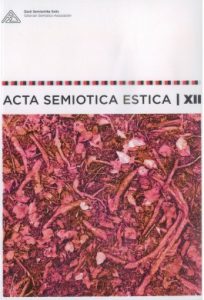Võimu mõjude kirjeldamine – objektiivsed ja subjektiivsed huvid latentsetes konfliktides
Describing power’s influence: subjective and objective interests in latent conflicts
Author(s): Rao PärnpuuSubject(s): Semiology, Sociology, Sociology of Culture
Published by: Eesti Semiootika Selts
Keywords: power; interests; Steven Lukes; subject; Juri Lotman; counterfactuals;
Summary/Abstract: The aim of this article is to expand and improve Steven Lukes’ theory of three dimensional power. This is mainly done through concepts and methods from cultural semiotics. Lukes’ theory has many problems. He leaves many key concepts (like interests, the subject and the formulation of interests) either ambiguous or gives unacceptable and vague descriptions. He also does not give a clear method for how alternative interests of subjects should be formulated. The goal is to overcome these difficulties and create a modified and more complete model that can be used effectively in analysing various phenomena. For these purposes, firstly, the subject is defined as a semiotic subject, capable of both being influenced by outside forces and also acting on itself. Through understanding the semiotic subject we can also understand Lukes’ differentiation between objective and subjective interests. These can be understood through the concepts of reality and semiotic reality where the first is defined as the maximal possibility of understanding (through the concept of Umwelt) and the latter as the field of meaning within which the subject operates (through the concept of the semiosphere). The process of shaping interests can be described through the process of autocommunication. Secondly, different possibilities of defining the relevant counterfactuals are explored. For this I present two possibilities: the first is Heyman’s concept of counter-ideals and the second Gramsci’s and Lukes’ concept of the difference between thought and action. The concept of translation is used in order to create a step by step process through which an effective counterfactual, grounded in the cultural reality of the subjects, can be established.
Journal: Acta Semiotica Estica
- Issue Year: 2015
- Issue No: 12
- Page Range: 108-129
- Page Count: 22
- Language: Estonian

